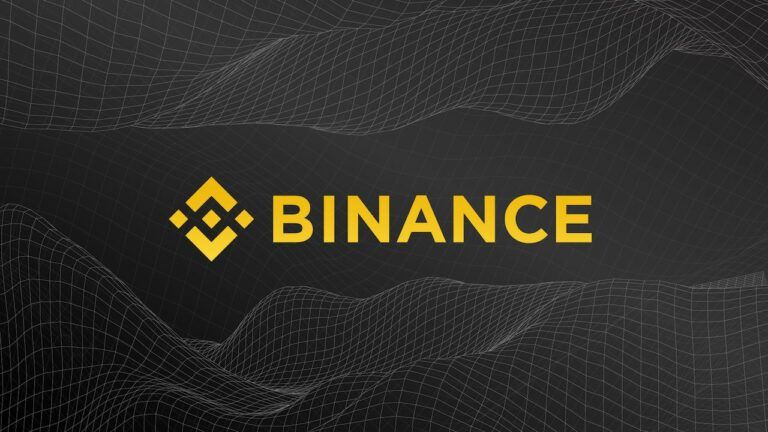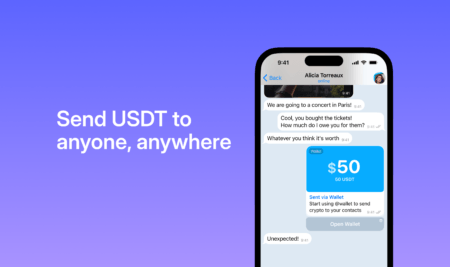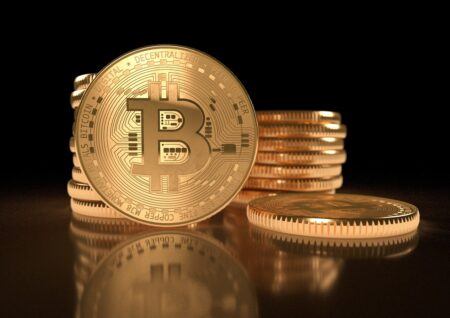On Thursday (April 18), Binance announced that the Binance Chain mainnet had been launched. In this article, we try to answer any questions you may have about what this launch means. In particular, we look at the migration process for BNB tokens (i.e. from the Ethereum mainnet to the Binance Chain mainnet).
What is Binance Chain?
This is what the Binance team wrote about Binance Chain on 13 March 2018, the day that the development process for this project was officially launched:
“As a public blockchain, Binance Chain will mainly focus on the transfer and trading of blockchain assets, as well as provide new possibilities for the future flow of blockchain assets. Binance Chain will focus on performance, ease-of-use, and liquidity. Binance Coin (BNB) will be upgraded to exist on its own blockchain mainnet, becoming a native coin. At the same time, Binance will transition from being a company to a community.”
According to the documentation provided by Binance, the following were the main design goals for Binance Chain:
- “No custody of funds: traders maintain control of their private keys and funds.”
- “High performance: low latency, high throughput for a large user base, and high liquidity trading. We target to achieve 1 second block times, with 1 confirmation finality.”
- “Low cost: in both fees and liquidity cost.”
- “Easy user experience: as friendly as Binance.com.”
- “Fair trading: minimize front-running, to the extent possible.”
- “Evolvable: able to develop with forever-improving technology stack, architecture, and ideas.”
If you are wondering what you can do on Binance Chain, here is the answer:
- “Send and receive BNB”
- “Issue new tokens”
- “Send, receive, burn/mint and freeze/unfreeze tokens”
- “Propose to create trading pairs between two different tokens”
- “Send orders to buy or sell assets through trading pairs created on the chain”
What is the role of BNB within the Binance Chain network? BNB will be native asset on Binance Chain, as explained below:
“The Binance Coin, BNB, will be the native asset on Binance Chain. There are 200MM BNB coins in total. There will be no mining. The existing coin burns and freezes will still be in effect on the new Binance Chain blockchain.
The exact number of BNB coins will be destroyed based on the same number of BNB ERC20 tokens that have already been destroyed.
After Binance Chain is live, all BNB ERC20 tokens will be swapped for Binance Chain coins. All users who hold BNB ERC20 tokens can deposit them to Binance.com, and upon withdrawal, the new Binance Chain native coins will be sent to their new wallets.”
To get a Binance Chain address, you just need the help of any wallet that supports Binance Chain (such as Binance’s official mobile wallet app Trust Wallet, which will have a new version with Binance Chain support out next week). According to Binance CEO Changpeng Zhao (aka “CZ”), here is a list of all wallets that currently support Binance Chain:
@Binance Chain (@binance_dex) is supported by the following wallets so far: @TrustWalletApp, @Enjin, @Ledger, @coolwallet, @CoinomiWallet, @atomicwallet, @Zel_Core, @InfinitoWallet and @Mathwallet. If you don't have one yet, download one now. #DEXChangeTheWorld #Binance https://t.co/tWi56px9pO
— CZ Binance (@cz_binance) April 18, 2019
On 18 February 2019, a Binance blog post explained that the testnet for Binance Chain would be launched on 20 February 2019. and that the “first use case for Binance Chain is Binance DEX, a new decentralized exchange (DEX) that aims to carry over the best features of the current Binance exchange in a decentralized setting, while also offering the benefits and security of a DEX.”
“Binance DEX will allow you to send and receive Binance Coin (BNB) between different addresses. You can issue new tokens on the blockchain, which you can then send, receive, burn, mint, freeze, or unfreeze. In addition, any participant in the chain can propose the trading pairs they want to see and, with enough support, start trading in that exact pair he proposed.”
What Does the Mainnet Launch Mean for BNB Token Holders?
Around 13:00 UTC on April 18, Binance announced that the Binance Chain mainnet had been launched, and that public access and that the BNB token migration/swap would begin on at 0:00 AM (UTC) on 23 April 2019.
Here are the main things you need to know:
- Think of the existing BNB tokens on the Etherem blockchain as “ERC20 BNB” and the BNB coins on the new Binance Chain as “BEP 2 BNB”.
- “Initial total supply of BNB will be 200,000,000.”
- “Same as the ERC20 BNB, 11,654,398 of the total BNB supply will be burned on Binance Chain.”
- “Same as the ERC20 BNB, 48,000,000 BNB will be frozen.”
- “The first batch of 5,000,000 BNB will be allocated and deposited into an address belonging to Binance.com 24 in order to convert the ERC20 BNB for existing owners. Binance will burn 5,000,000 ERC20 BNB as well, to keep the total supply of BNB constant. As more users convert to BEP2 BNB (native), more BEP2 coins will be released and proportional amounts of ERC20 BNB will be burned while keeping the total supply across both networks constant.”
- “The Binance Chain Explorer and Web Wallet will be available to selected partners and beta testing for live testing first, and will be open to public access around April 23, 2019.”
- “No initial trading pairs will be listed until the first batch BNB conversion has occurred.”
- “Binance.com 24 will assist with the BNB mainnet swap on April 23rd, 2019 at the earliest. If everything works as intended, then users will be able to provide a Binance Chain address for BNB withdrawal requests. The withdrawal will then act as a mechanism to convert ERC20 BNB tokens into BEP2 BNB tokens native to Binance Chain.”
- “After April 23rd, Binance.com 24 will NOT support the withdrawal of ERC20 BNB tokens.”
- “Binance.com 24 will continue to support the deposit of ERC20 BNB into the foreseeable future, however, you are highly encouraged to deposit your ERC20 BNB and withdraw your BEP2 BNB within 90 days.”
Featured Image Courtesy of Binance









